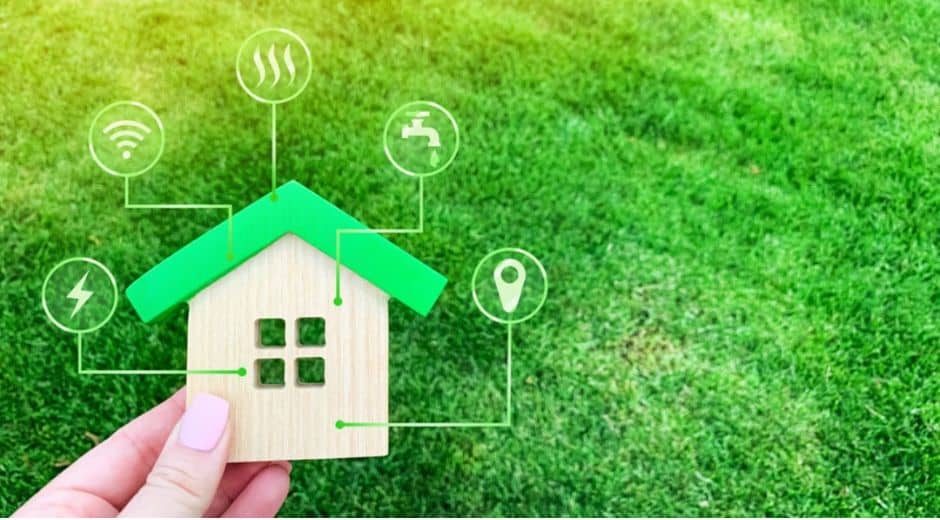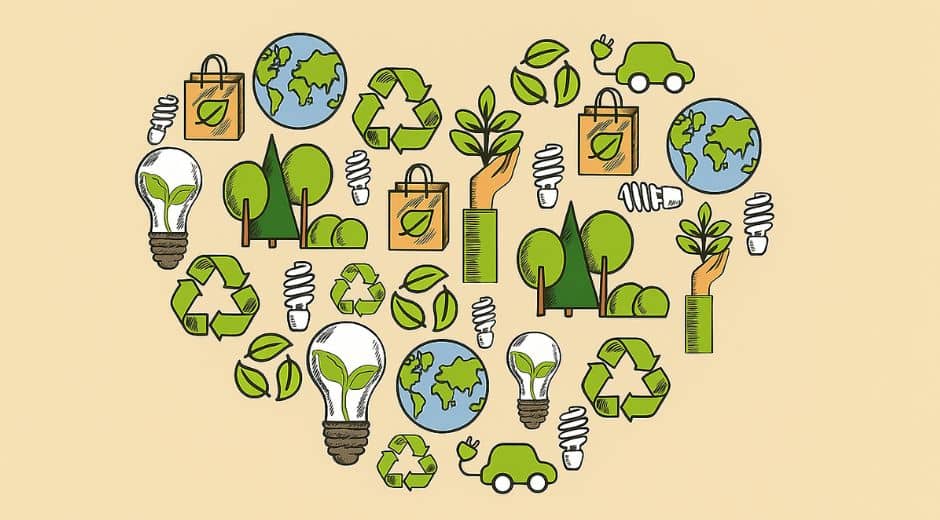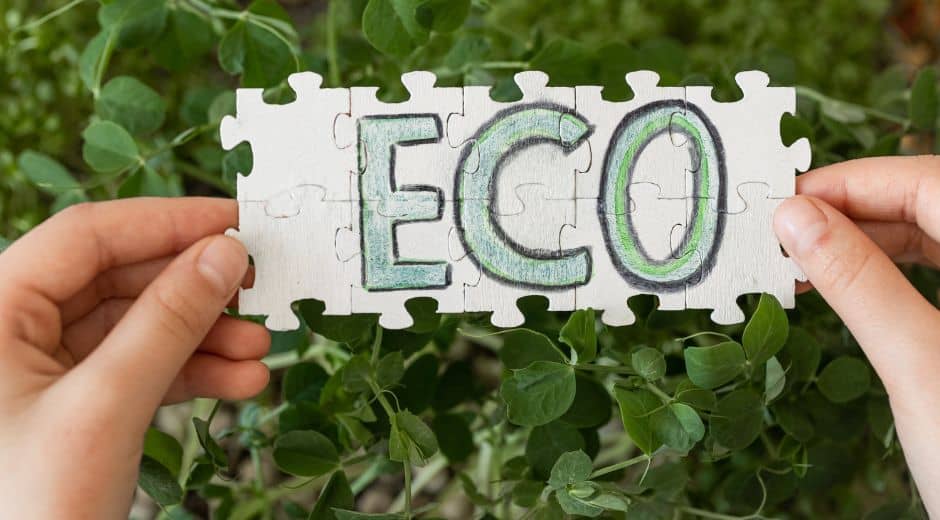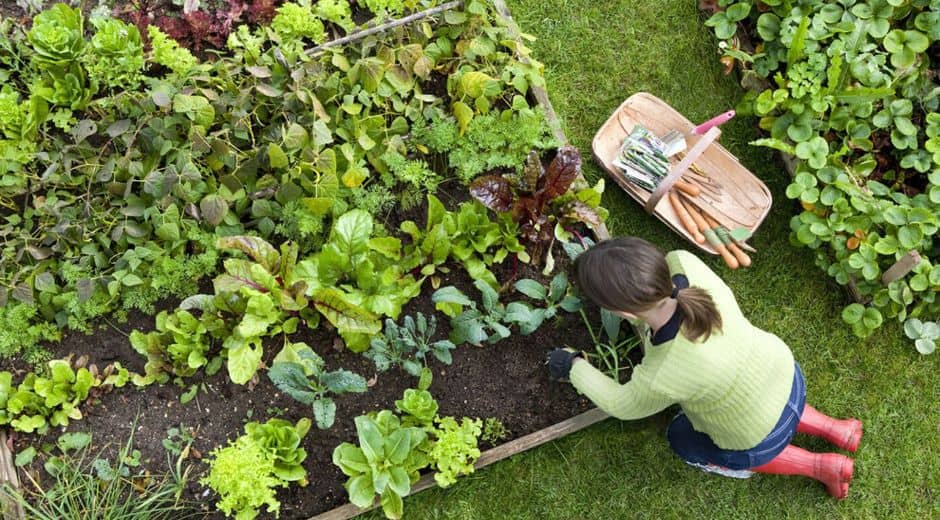Greener Home: 7 Simple & Powerful Ways to Improve It
Greener Home: 7 Simple & Powerful Ways to Improve It
Creating a greener home is not just about reducing your carbon footprint—it’s about making conscious choices that benefit both the environment and your lifestyle. A greener home can improve indoor air quality, lower utility bills, and make everyday living healthier and more sustainable. With small changes in your habits and household setup, you can transform your space into an eco-friendly sanctuary.
1. Optimize Energy Use
One of the simplest ways to make a greener home is by reducing energy consumption. Switch to LED bulbs, which use up to 80% less electricity than traditional incandescent bulbs. Install programmable thermostats to maintain consistent temperatures without wasting energy. Unplug electronics when not in use, as standby power can account for a significant portion of household electricity.
Investing in energy-efficient appliances may cost more upfront but can save both money and energy over time. Simple additions like sealing windows and doors, or using blackout curtains, help maintain indoor temperature and efficiency. For innovative eco-friendly home designs, explore StyleRadarPoint.
2. Reduce Water Waste
Water conservation is a key step toward a greener home. Fix leaky faucets immediately, and install low-flow showerheads and water-efficient faucets. Consider using rainwater collection systems for gardening, and repurpose greywater for non-potable household needs. Even small changes, like running full loads in washing machines and dishwashers, can reduce water waste significantly.
Water conservation not only protects the environment but also lowers utility bills, making your home more cost-efficient. Pairing these practices with energy savings contributes to a more sustainable household overall.
3. Choose Sustainable Materials
A greener home thrives on the use of sustainable and eco-friendly materials. Opt for bamboo flooring, recycled glass countertops, or FSC-certified wood for furniture and cabinetry. Avoid products made with harmful chemicals or non-renewable resources, as they can negatively affect indoor air quality and the environment.
Even small upgrades, like using recycled paper for wallpaper or eco-friendly paints, add up over time. For creative home improvement inspiration, check design trends at MetroPropertyHomes.
4. Embrace Natural Lighting
Maximizing natural light is another essential step toward a greener home. Large windows, skylights, and strategically placed mirrors can reduce the need for artificial lighting during the day. Natural light not only saves electricity but also boosts mood and enhances the aesthetic of your home.
Consider installing energy-efficient window glazing to maintain temperature control while enjoying sunlight. Combining natural lighting with LED fixtures creates a balanced, eco-friendly illumination strategy.
5. Reduce Waste and Recycle
A greener home requires smart waste management. Separate recyclables, compost organic waste, and reduce single-use plastics. Introduce reusable containers, cloth bags, and glass jars for storage. Educate your household members about proper recycling habits and provide easy access to compost bins and recycling stations.
By reducing waste, your household contributes less to landfills, promotes a healthier environment, and fosters a conscious lifestyle for everyone at home.
6. Indoor Plants and Air Quality
Adding indoor plants is a simple and effective way to create a greener home. Plants naturally filter air pollutants and improve indoor oxygen levels, creating a healthier living environment. Popular choices include spider plants, peace lilies, and snake plants, which are low-maintenance and highly effective.
Strategically placing plants in kitchens, living rooms, and bedrooms improves both air quality and overall mood. Paired with natural cleaning products, plants can dramatically enhance your home’s eco-friendly atmosphere.
7. Sustainable Lifestyle Habits
The final step to a greener home is adopting sustainable lifestyle habits. Reduce meat consumption, shop locally, and support eco-friendly brands. Conserve energy by turning off lights, lowering water heater temperatures, and investing in solar panels or renewable energy sources if possible.
Conclusion
Building a greener home is a journey that combines small practical steps with long-term lifestyle changes. By optimizing energy use, conserving water, choosing sustainable materials, embracing natural lighting, reducing waste, adding indoor plants, and adopting sustainable habits, you can create a home that is not only environmentally friendly but also comfortable, healthy, and inspiring.
Discover more actionable eco-tips and guides on BionatureVista to make your greener home even more impactful. Every step counts, and with these simple and powerful strategies, sustainable living becomes both practical and enjoyable.
Nature Inspires Every Step

How Tundra Wildlife Survives Extreme Arctic Conditions
How Tundra Wildlife Survives Extreme Arctic Conditions

Life Above the Trees: Exploring the Rainforest Canopy
Life Above the Trees: Exploring the Rainforest Canopy













